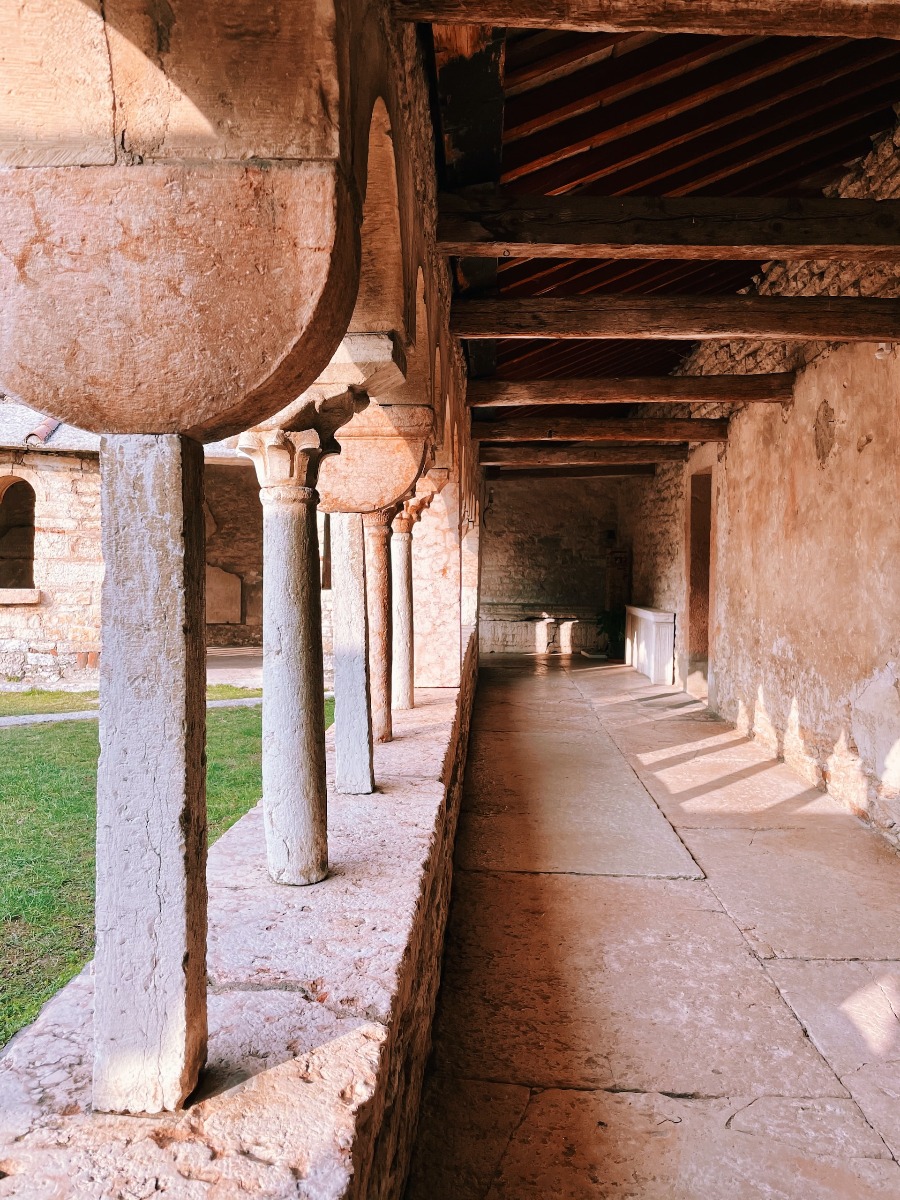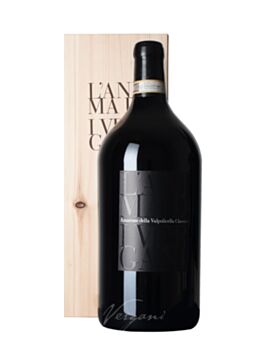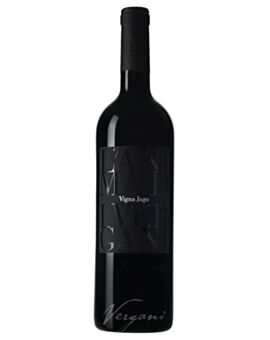Amarone della Valpolicella classico DOCG
Amarone
Amarone della Valpolicella Classivo DOCG is extremely popular and at the top of the scale for many when it comes to raving. Admittedly, the opulent northern Italian from Veneto also has a lot to offer.
What a red wine: intense fruit, spices, chocolate and tart tannins, exuberant, concentrated fruit. In addition, ripe acidity, a creamy structure, a high volume percentage of alcohol. All this combines in a fascinating arc of tension. Complex, powerful and elegant. Some find that.
The others call it a trendy and fashionable red wine from Italy, too heavy and sticky, almost sweet and not worth its usually high price. Whatever the case, its production remains unique: the grapes of the classic red wine grape varieties Rondinella, Corvina Veronese, Corvinone and Molinara are dried on grids or mats for several months after harvesting, twisted and turned, sometimes losing more than half of their liquid. The water evaporates, leaving behind raisin-like grapes with a high sugar content, acidity and tannins. These semi-raisins are gently pressed and fermented. Above all, a good Amarone della Valpolicella classico DOCG is basically very storable and develops its complex aroma only over a long time.
Actually, the Amarone as such is a relatively young product, it originated - so the locals swear - by chance. In Valpolicella in the province of Verona, it was the custom since the 16th century to dry part of the grape harvest of the grape varieties Corvina Veronese, Rondinella and Corvinone on wooden grates and to press wine from it only in winter. This could not ferment due to the high sugar content and thus remained wonderfully sweet, it was the famous, noble Recioto. However, something extraordinary happened in the 1930s. By mistake, a young cellar master forgot a barrel of Recioto in the cellar and the wine gor through, the residual sugar turned into alcohol and the result was a dry, full-bodied red wine.

Other winemakers also jumped on the bandwagon and produced this type of wine from the classic Veneto grape varieties. However, for a long time no one could explain how it was possible for a Recioto to ferment completely. In conventional wines, the yeasts died at an alcohol volume of 15 percent. The wine, if there was still residual sugar, remained sweet. Amarone, however, reached levels of 16 to 17 percent alcohol by volume. This was described by winemakers as a "miracolo dell'Amarone," a miracle.
Today we know that special yeast strains are responsible for this. These are found only in the region around Valpolicella and are more resistant to alcohol. Because of its bitter finish, the wine was called Amarone, the bitter one. Malicious tongues claim that they have simply followed the new example of drier wines from Bordeaux or Burgundy, thus capturing a trend. However, the Amarone DOCG has achieved much more than just the breakthrough, it is called on an equal footing with the "royal wines" Brunello and Barolo and thus belongs to the very great wines of Italy. It also wants to be courted royally, the wine for great occasions. Its enjoyment only comes into its own in the best company and with an opulent meal.









